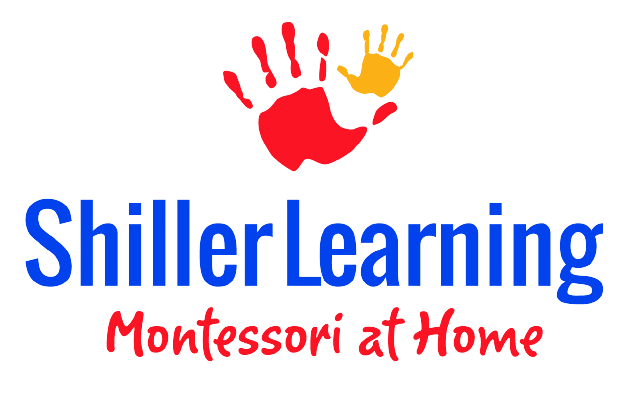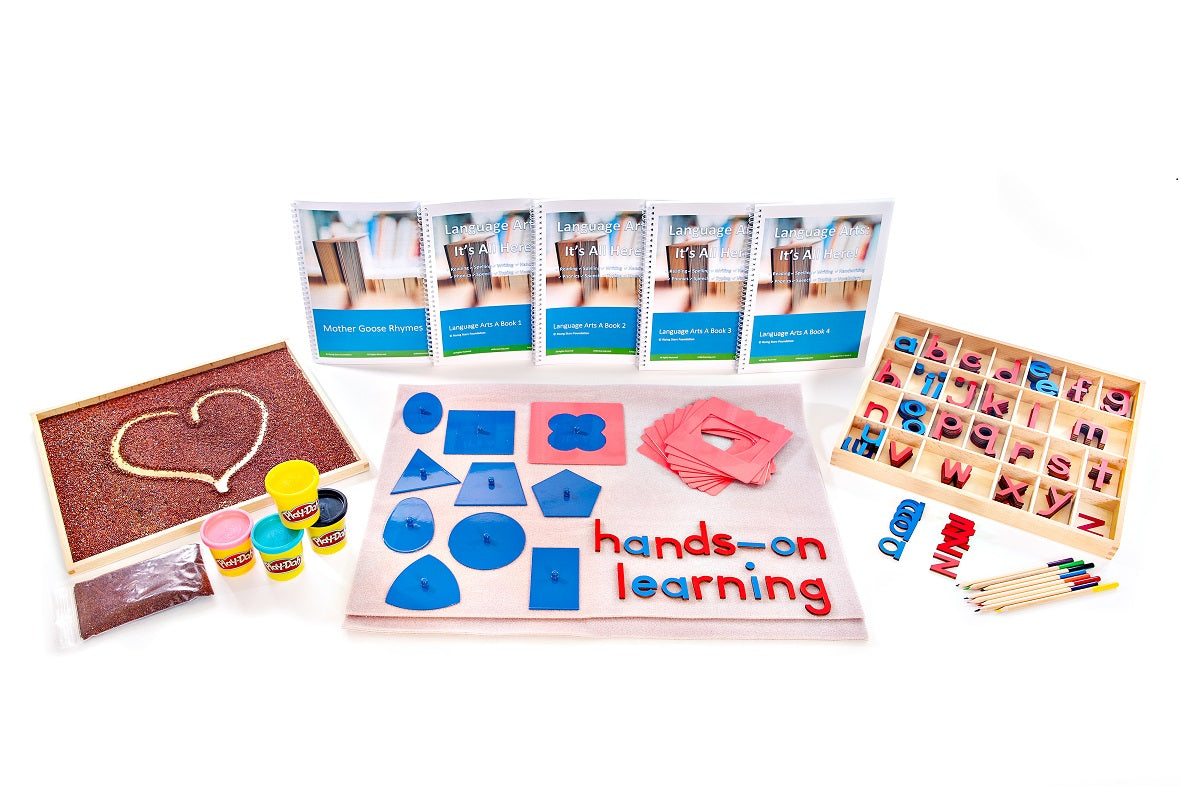How Montessori Nomenclature Cards Enhance Your Homeschooling
How Montessori Nomenclature Cards Enhance Your Homeschool Curriculum
Language development is a key part of Montessori education. Learning to read, often quite early, draws many parents to the Montessori method. Nomenclature cards are a wonderful way to make vocabulary words fun for kids. You can develop cards based on spelling words, your monthly school theme, or student interests. They’re also often found as free Montessori printables here, as well as other Montessori sites.
What Are Nomenclature Cards?
Nomenclature cards, also known as 3-part cards, are cards with a picture and a word or phrase underneath the picture. They’re used to help with reading, language development, vocabulary, object identification, matching, and more. Typically first introduced in preschool, nomenclature cards can be used throughout elementary school as well.
These beautiful nomenclature cards are included in our flower and Garden-Themed Activity Pack. Grab your own set of these FREE Montessori printables to get started with your own nomenclature study.
How Do I Use Nomenclature Cards?
Nomenclature cards are used with the three-period-lesson. Below is an example of how to use these parts of a flower cards. You will need two copies of each set of cards. One copy is referred to as the “whole picture card,” these are cards without a line in between the word & image. Some children may only work with the whole picture cards, children that can read will work with both sets.
- Lay the whole picture card of roots in front of the child. Say, “These are roots”
- Have the child repeat the word “roots"
- Continue with two more cards until you have three cards out
- Point to each card and say the name of the object
- Rearrange the three cards again and repeat with the other two objects
- Point to an object and ask, “What is this?”
If your child is unable to give the name, tell them the name again and ask them to repeat it. Very young children may struggle with this portion of the work, this is ok.
- Repeat the above steps with a unique combination of cards each time
For young children, you may choose to do 2 cards at a time.
- Repeat until the child has closure
- For older children who can read:
After completing the above, get out the second set of nomenclature cards with the cut-out words.
Repeat the above process with the word portion only.
Give the child the separated word and picture cards, allow them to match the word to the proper picture.
Provide an additional set of whole cards so they can self-check their work.
Repeat as needed until the child has closure.
What Nomenclature Cards Are Common in A Montessori Education?
Common lessons in Montessori early childhood education include:
*Parts of an apple
*Parts of a pumpkin
*Life cycle of a frog
*Life cycle of an egg
*Life cycle of a tree
*States
*Countries
Anything you’d like can become a nomenclature card.
Families could make cards of relative’s faces and names, landmarks, and locations in their area, or pets and favorite objects. Teachers sometimes make cards of student’s names and faces. We include nomenclature cards in all of our monthly activity packs to help grow your child’s vocabulary.
They’re easy to create on your own in a word-processing software or through Canva. Simply find a picture of the item you’re looking for, Wikimedia Commons is a great place to look. Under the picture, write the word or phrase. Typically words are lowercase and Century Gothic font.
Nomenclature cards are best used with the three-period lesson. Make sure to check out this video on how to use the three-period lesson.
Learn more tips on incorporating the Montessori method, and materials, with these posts:
How to Use the Montessori Shape Insets to Enhance Handwriting






